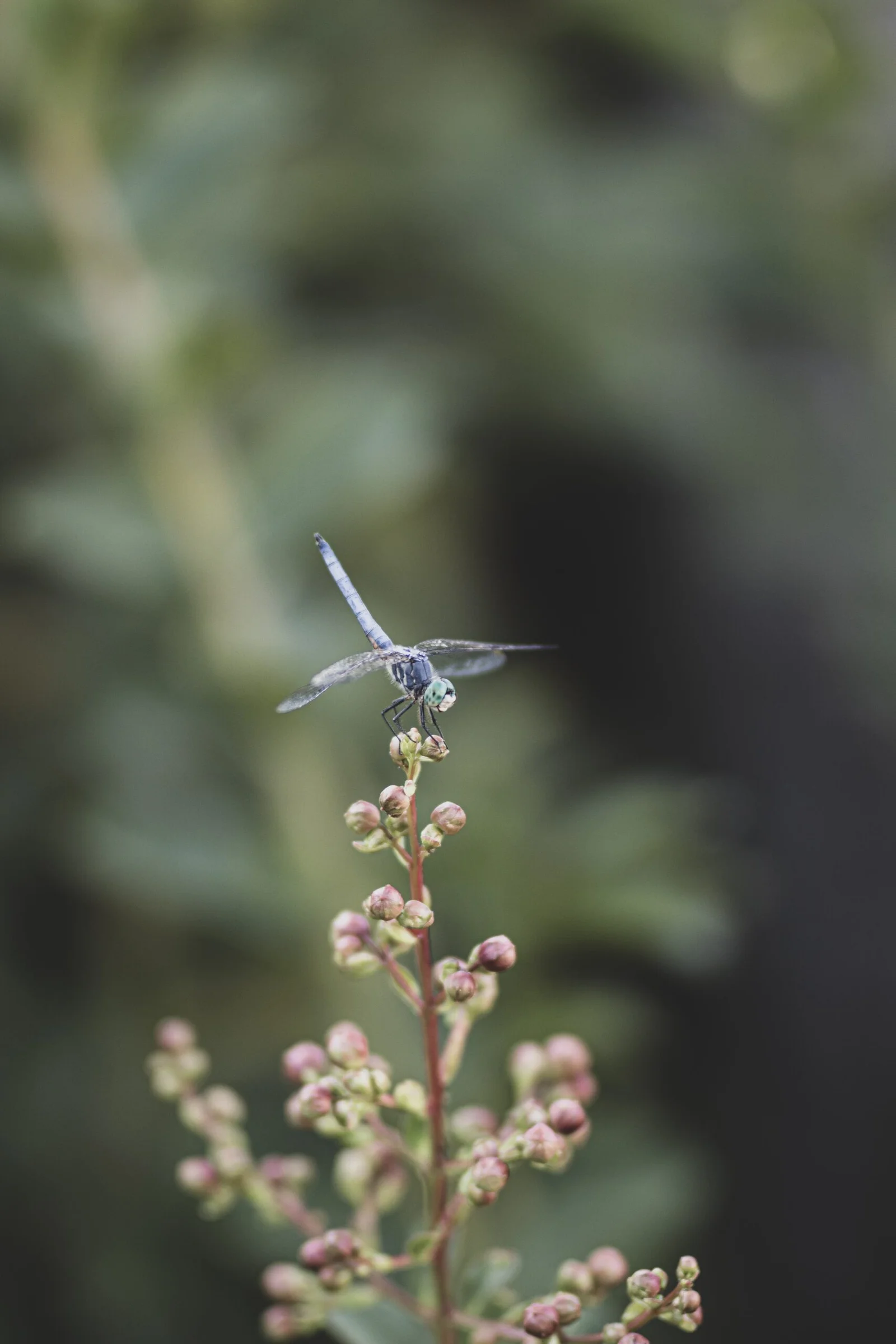
Introduction
Macro photography allows us to explore the intricate details of the world around us, capturing moments that are often unseen by the naked eye. One of the challenges in macro photography is achieving a sharp focus throughout the entire subject, especially when dealing with a shallow depth of field. This is where focus stacking techniques come into play, enabling photographers to create stunning images with exceptional depth and clarity. In this article, we will delve into the world of macro photography and explore the various focus stacking techniques that can elevate your images to the next level.
Understanding Focus Stacking
Focus stacking is a technique that involves capturing multiple images of the same subject, each with a different focus point, and then combining them into a single image using specialized software. By blending the in-focus areas of each image, you can create a final photograph that is sharp from front to back, even in macro photography where depth of field is extremely narrow.
Technique #1: Manual Focus Adjustment
One of the simplest focus stacking techniques is to manually adjust the focus point while keeping the camera stationary. Start by setting your camera to manual focus mode and choose an aperture that suits your desired depth of field. Take a series of shots, gradually shifting the focus point from the closest part of the subject to the farthest. Later, in post-processing, you can combine these images using focus stacking software to create a final image with enhanced depth and sharpness.
Technique #2: Automated Focus Stacking
Many modern cameras and lenses come equipped with built-in focus stacking functionality. This feature allows you to set the starting and ending focus points, and the camera automatically captures a series of images with incremental focus adjustments. The camera then merges these images in-camera or through specialized software, resulting in a final image with extended depth of field. Automated focus stacking is a convenient option for photographers who prefer a streamlined workflow and don’t want to rely on manual focus adjustments.
Technique #3: Focus Stacking Software
If your camera does not have built-in focus stacking capabilities, don’t worry! There are several software options available that can help you achieve focus stacking in post-processing. These programs analyze the images you’ve captured with different focus points and blend them together seamlessly, creating a final image with enhanced depth of field. Popular focus stacking software includes Adobe Photoshop, Helicon Focus, and Zerene Stacker. Experiment with different software options to find the one that suits your needs and workflow the best.
Tips for Successful Focus Stacking
Here are some tips to help you achieve successful focus stacking:
- Use a sturdy tripod to keep your camera steady throughout the image capture process.
- Shoot in RAW format to retain maximum image quality and flexibility during post-processing.
- Ensure consistent lighting conditions to minimize any changes in exposure between the images.
- Take more images than you think you need, as it’s better to have extra frames to work with during the focus stacking process.
- Experiment with different focus distances and aperture settings to achieve the desired depth of field.
Conclusion
Macro photography offers a fascinating glimpse into the intricate details of the world around us. With focus stacking techniques, photographers can overcome the challenges of shallow depth of field and create stunning images with exceptional sharpness and depth. Whether you choose to manually adjust the focus, rely on automated camera features, or utilize post-processing software, focus stacking opens up a world of possibilities for capturing captivating macro photographs. So, grab your camera, explore the world of macro photography, and unleash your creativity!